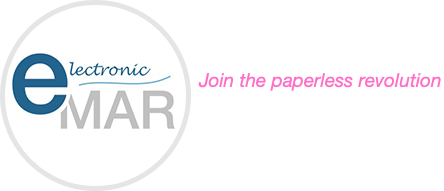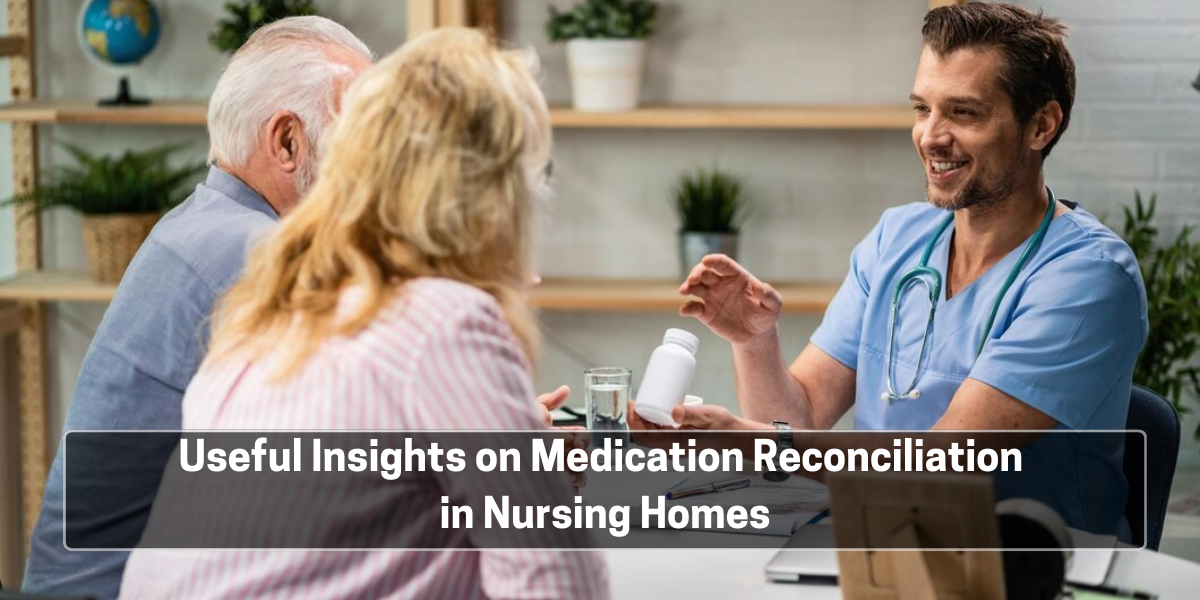Medication administration errors are a recurring concern in nursing homes. These lapses can impact the well-being of the patients. Such lapses often occur when a patient transitions between facilities or when there’s a change in the caregiving team, leading to a disconnect with the exact medication dosages and timetables. This situation highlights the need for medication reconciliation in nursing homes. Here, we explore some of the useful insights on medication reconciliation in nursing homes:
Medication reconciliation follows a systematic approach to compile the most comprehensive and precise list of a patient’s ongoing medications and then cross-check it against the patient’s records or prescribed medication orders. The process is intended to avoid different types of medication errors in nursing homes such as omissions, duplications, dosing errors, or drug interactions.
The importance of medication reconciliation in nursing homes:
- The foremost objective of medication reconciliation is to safeguard the well-being of patients. Older patients in nursing homes usually have several health issues that require different medications. Any oversight or duplication can lead to adverse drug reactions or even life-threatening situations. By ensuring that the medication list is accurate and up-to-date, the risk of medication errors is significantly reduced.
- A large number of patients in nursing homes follow intricate drug schedules, with various medications prescribed by multiple medical professionals. Medication reconciliation guarantees a unified approach to their treatment, reducing the chances of drug interactions or overdoses.
- Individuals in nursing homes frequently transition between various healthcare environments – from hospitals to therapy facilities and back to the nursing home. Every move carries the potential for misinterpretation regarding the individual’s drug regimen. Medication reconciliation ensures a seamless and consistent approach to an individual’s drug schedule across varied healthcare environments.
- Medication reconciliation enhances coordination amongst the medical team. It ensures that physicians, nursing staff, pharmacologists and care providers align regarding an individual’s medication regimen, leading to more synchronised and effective care.
- Medication reconciliation is not just a best practice but a regulatory requirement. Nursing homes that implement thorough medication reconciliation processes are better positioned to meet these regulatory standards, avoiding potential penalties or sanctions.
- For families and loved ones, understanding that a structured procedure exists to oversee and assess medications offers reassurance. It builds trust in the nursing home’s commitment to the well-being of its patients.
Electronic medication administration records and medication reconciliation play pivotal roles in healthcare settings, particularly in nursing homes. Together, they improve patient safety and care quality.
Let’s explore some of the ways they help improve patient care:
- eMAR provides a digital platform where all medication administration activities are logged in real-time. Medication reconciliation, on the other hand, ensures that the medication list is accurate and up-to-date, especially during transitions of care. By integrating the two, healthcare providers can have a centralised and accurate record of all medications a patient is taking, ensuring consistency and reducing errors.
- Patients transitioning between care environments risk medication miscommunication. With eMAR integrated with medication reconciliation, every transition becomes smoother.
- eMAR offers a transparent log of administered medications and their timings. Pairing this with medication reconciliation guarantees that every medical professional, from physicians and nurses to druggists, are on the same page when it comes to a patient’s drug details.
To know more about the benefits of eMAR, book a demo today.







